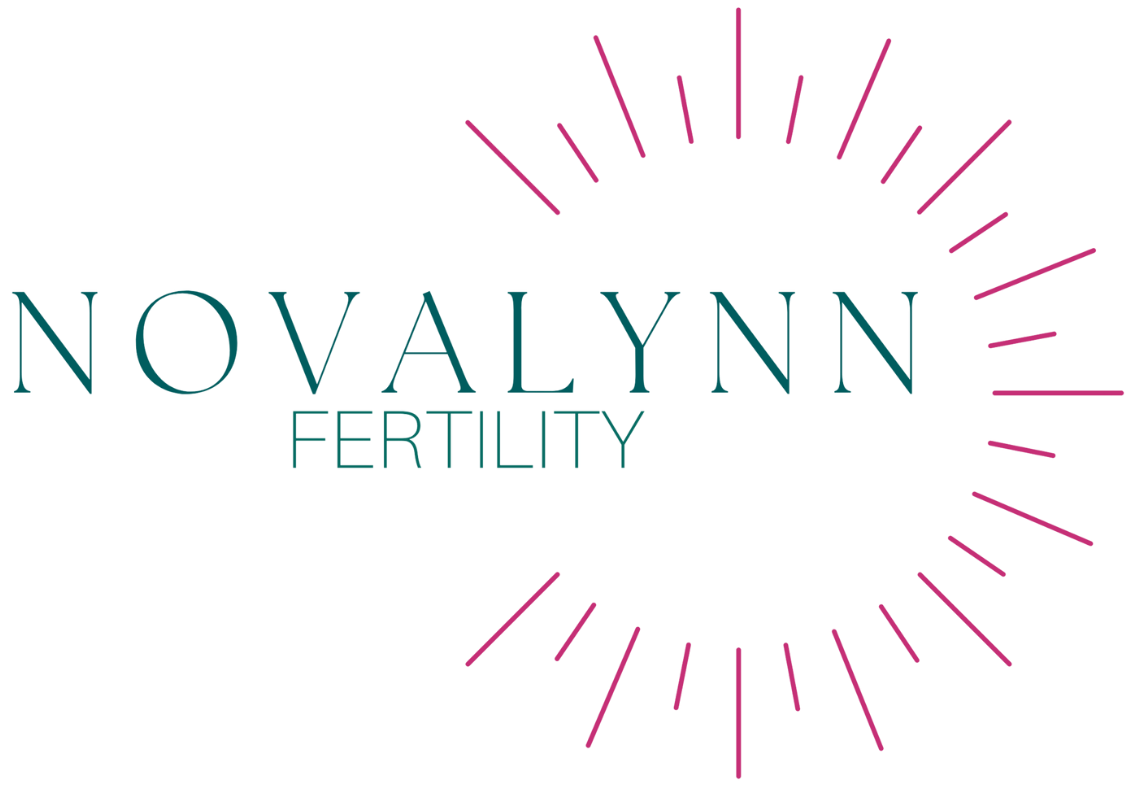Our specialized panel will help determine if you have diabetes. Per the CDC, diabetes can make it harder to get pregnant and high blood sugar can increase your risk for: preeclampsia (high blood pressure), delivery by cesarean section, miscarriage or stillbirth. Nearly 1 in 3 adults in the United States has pre-diabetes.
Method:
Simple finger prick blood card collection
What does it test for?
A1C, Glucose
A1C: The A1C test—also known as the hemoglobin A1C or HbA1c test—measures your average blood sugar levels over the past 90 days. It's commonly used to diagnose prediabetes and diabetes. A normal A1C level is below 5.7%.
Several factors can falsely increase or decrease your A1C results, including:
Kidney failure, liver disease, or severe anemia.
A less common type of hemoglobin that people of African, Mediterranean, or Southeast Asian descent and people with certain blood disorders (such as sickle cell anemia or thalassemia) may have.
Certain medicines, including opioids and some HIV medications.
Blood loss or blood transfusions.
Early or late pregnancy.
Glucose: Glucose is a type of sugar. It is your body's main source of energy. Per the American Diabetes Association, diabetes is diagnosed at fasting blood glucose of greater than or equal to 126 mg/dl.Several factors can falsely increase or decrease your A1C results, including:
Kidney failure, liver disease, or severe anemia.
A less common type of hemoglobin that people of African, Mediterranean, or Southeast Asian descent and people with certain blood disorders (such as sickle cell anemia or thalassemia) may have.
Certain medicines, including opioids and some HIV medications.
Blood loss or blood transfusions.
Early or late pregnancy.
A portion of our revenue from each test will be donated to fertility research and support.
Our specialized panel will help determine if you have diabetes. Per the CDC, diabetes can make it harder to get pregnant and high blood sugar can increase your risk for: preeclampsia (high blood pressure), delivery by cesarean section, miscarriage or stillbirth. Nearly 1 in 3 adults in the United States has pre-diabetes.
Method:
Simple finger prick blood card collection
What does it test for?
A1C, Glucose
A1C: The A1C test—also known as the hemoglobin A1C or HbA1c test—measures your average blood sugar levels over the past 90 days. It's commonly used to diagnose prediabetes and diabetes. A normal A1C level is below 5.7%.
Several factors can falsely increase or decrease your A1C results, including:
Kidney failure, liver disease, or severe anemia.
A less common type of hemoglobin that people of African, Mediterranean, or Southeast Asian descent and people with certain blood disorders (such as sickle cell anemia or thalassemia) may have.
Certain medicines, including opioids and some HIV medications.
Blood loss or blood transfusions.
Early or late pregnancy.
Glucose: Glucose is a type of sugar. It is your body's main source of energy. Per the American Diabetes Association, diabetes is diagnosed at fasting blood glucose of greater than or equal to 126 mg/dl.Several factors can falsely increase or decrease your A1C results, including:
Kidney failure, liver disease, or severe anemia.
A less common type of hemoglobin that people of African, Mediterranean, or Southeast Asian descent and people with certain blood disorders (such as sickle cell anemia or thalassemia) may have.
Certain medicines, including opioids and some HIV medications.
Blood loss or blood transfusions.
Early or late pregnancy.
A portion of our revenue from each test will be donated to fertility research and support.

